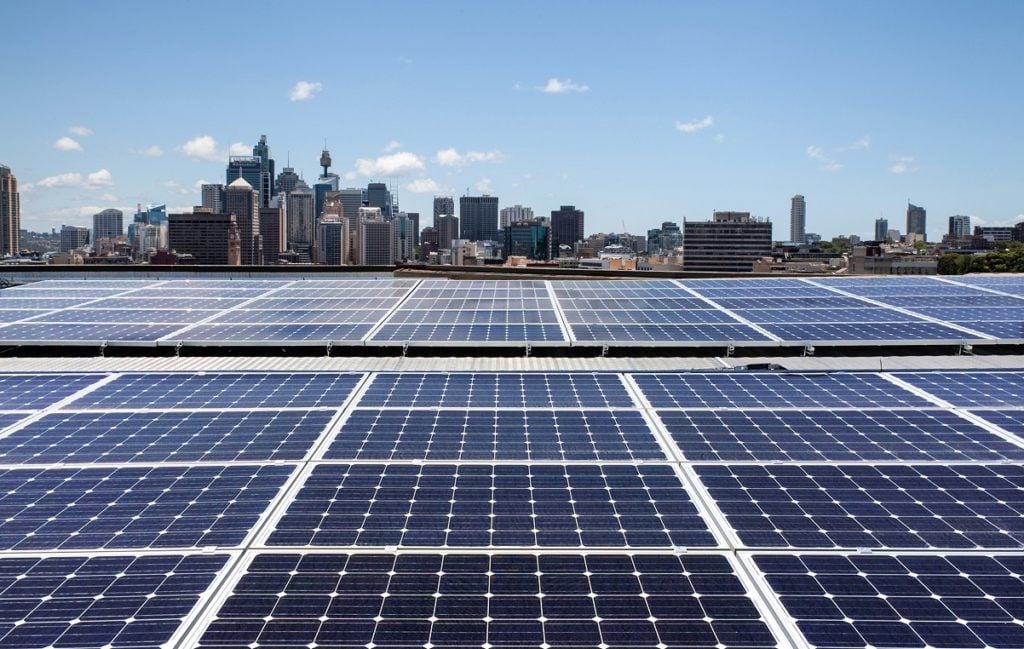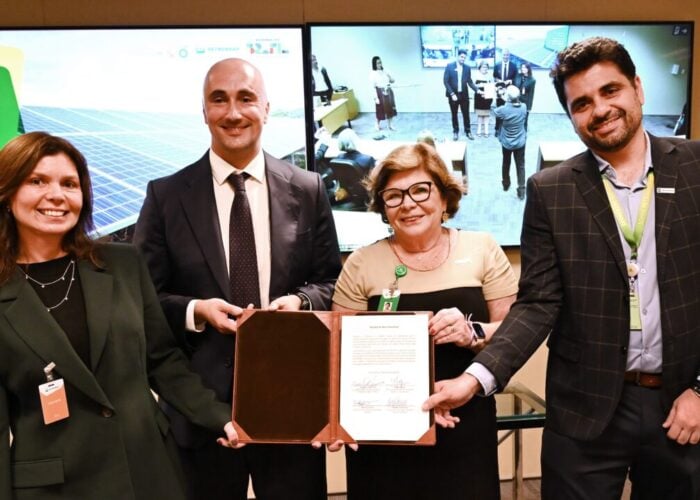
Australia’s electricity markets are undergoing a profound transformation from a centralised system of large fossil fuel plants towards an array of smaller-scale, widely dispersed solar and wind generators, grid-scale batteries and demand response, according to a new report from the Australian Energy Regulator (AER).
Last year, more than 3.7GW of large-scale solar and wind capacity entered the country’s National Electricity Market (NEM) and there was record investment in rooftop PV, with almost 2.5GW of new capacity installed. This drove record levels of solar and wind generation in 2020, accounting for over 19% of total electricity generation.
Try Premium for just $1
- Full premium access for the first month at only $1
- Converts to an annual rate after 30 days unless cancelled
- Cancel anytime during the trial period
Premium Benefits
- Expert industry analysis and interviews
- Digital access to PV Tech Power journal
- Exclusive event discounts
Or get the full Premium subscription right away
Or continue reading this article for free
Despite the renewables additions, fossil fuel-powered plants continue to produce over 70% of electricity in the NEM, but this is declining. Many older generators are nearing the end of their operational life and becoming less reliable, while the growth in clean energy is also contributing to financial stress on fossil fuel generators, risking earlier than scheduled plant exits from the market, the AER said in its State of the Energy Market report.
Over the next 20 years, the regulator forecasts that 16GW of thermal generation (61% of the current coal fleet in the NEM) is expected to retire. Over the same period, 26–50GW of large-scale solar is forecast to come online, along with 13–24GW of rooftop solar capacity.
AER chair Clare Savage said Australian energy consumers are adopting their own behind-the-meter energy solutions, embracing distributed energy resources such as rooftop PV, small batteries, electric vehicles and demand response.
“Almost 24% of all consumers in the NEM now partly meet their electricity needs through rooftop solar and sell excess electricity back into the grid,” she said. These systems combined represent around 17% of the NEM’s total generation capacity, with rooftop solar PV meeting 6.4% of the NEM’s total electricity requirements in 2020.
Where power once moved in one direction, from large generators through transmission and distribution lines to end customers, the report said significant two-way flows of power now occur. At times electricity demand from the grid is close to zero in some regions.
A variety of factors are driving the transition. Concerns about the impact of fossil fuel generation on carbon emissions are a major catalyst, leading to policy initiatives by governments and behavioural change by energy customers and businesses. Government incentives for lower emissions generation encouraged early investment in solar, wind and small-scale solar PV systems. Meanwhile, a trend of rising energy prices over the past decade gave further impetus to this transition by driving customers to use energy more efficiently and to generate their own power.
While government policies on climate change helped drive the surge in renewable energy, the AER said, the declining costs of renewable plants (both commercial and small scale) have made them the most economic options for new-build generation. This cost advantage over thermal plants is forecast to widen over the next two decades as economies of scale and technology improvements further reduce costs, particularly for solar projects and batteries.
Savage said ensuring reliable energy supply to consumers is a pivotal challenge as the generation mix evolves, with the rise of cheap renewables and more consumers taking ownership of how energy is distributed into homes and businesses.
“We know that with the growth of renewable generation there needs to be investment in dispatchable resources to stabilise the grid, such as demand response, quick starting flexible hydro or gas generation and battery storage technology.”
Proposals announced earlier this year by the Australian Energy Market Commission could result in households with rooftop PV systems being charged for exporting electricity to the grid to address the issue of ‘traffic jams’ on the network. The commission said that with half of energy users in the country expected to be using home energy solutions such as PV within ten years, the plan help could reduce the need for expensive grid infrastructure additions.






